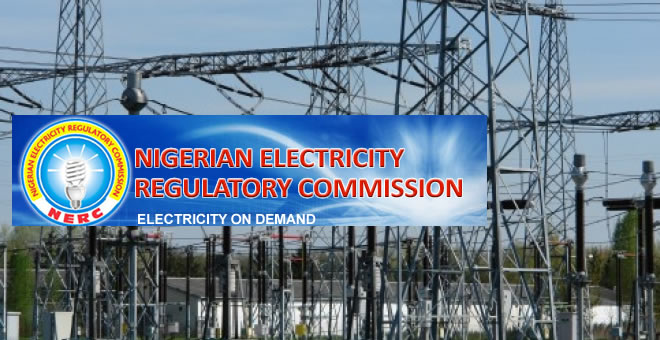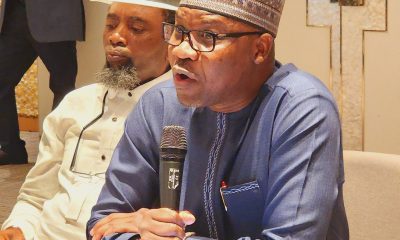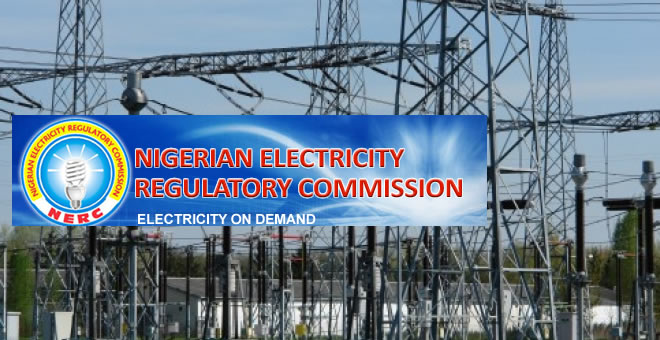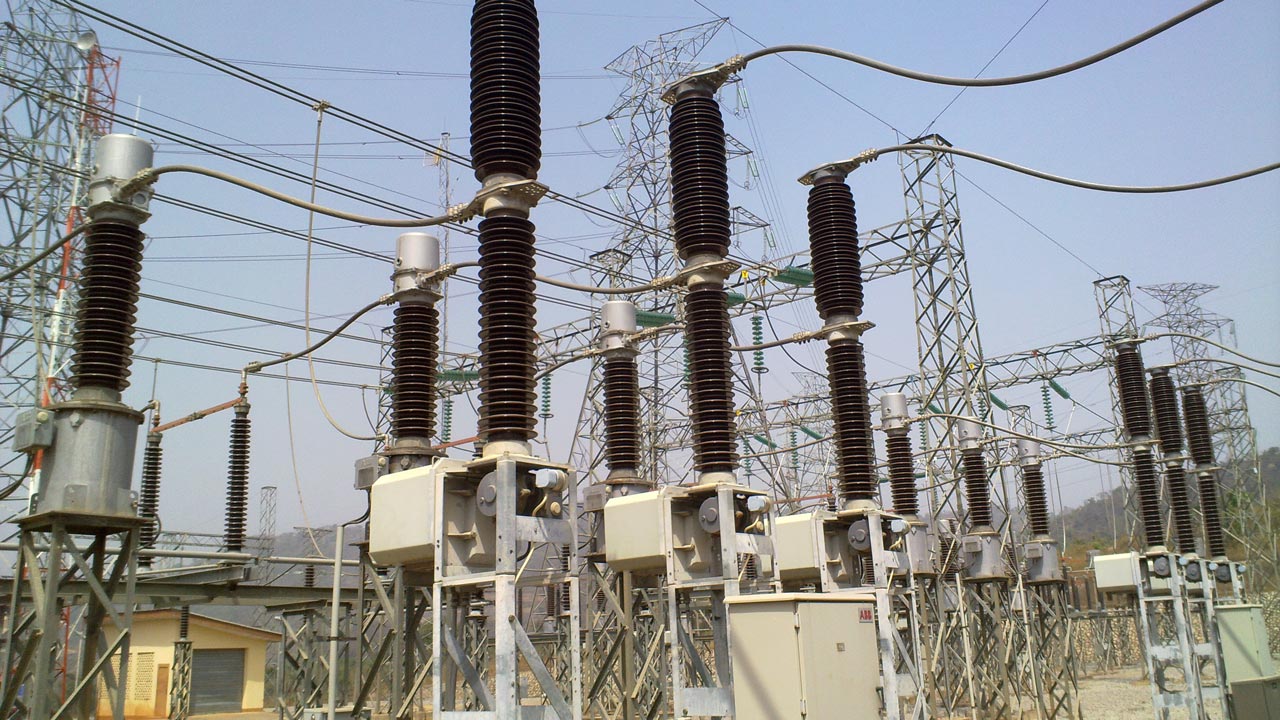With the approval of a new service charge for new prepaid meters to be supplied by 87 meters asset providers (MAPS) recently licensed by the Nigerian Electricity Regulatory Commission (NERC), Nigerians are going to be paying more for electricity as from April 3, 2018.
Dafe Akpeneye, NERC’s commissioner, legal, licensing and compliance, unveiled the new regulation in Uyo, Akwa Ibom state.
He said MAPs will be independent providers who will be approved by NERC but contracted by the DisCos “to bridge the metering gap”.
They are to be saddled with the responsibility of providing meters and replacing faulty devices within 48 hours.
An analysis of the Meter Asset Provider Regulations 2018 (Regulation No Nerc-R-112) shows that those who benefit under the new system will pay a monthly service charge.
Under chapter iv, section 10 (“Rights of Distribution Licensees”), subsection 5, the regulation states: “The Distribution Licensees shall include a metering service charge as a clear item on the billing of its customers provided with meters under an MSA with MAPs and shall be separate from the energy charge. The metering service charge shall be based on the outcome of the procurement process for the MAP and subject to the approval of the Commission.”
The finalised document, approved by the ministry of power and made public by NERC, is now on the regulator’s website and contains the addition.
NERC’s latest regulation came into effect on March 8, 2018 and will be enforced by the commission from April 3, 2018.
The objective, according to NERC, is to provide standard rules to “encourage the development of independent and competitive meter services, eliminate estimated billing practices, attract private investment to the provision of metering services in NESI, close the metering gap through accelerated meter roll out and enhance revenue assurance in NESI.”
Recall that in 2015, NERC had outlawed “fixed charge” from tariffs, abolishing the monthly average of N750 added to customers’ bills whether or not they use electricity.
But the abolition of the fixed charge then was accompanied by a slight increase in tariff.

 Latest6 days ago
Latest6 days ago
 News5 days ago
News5 days ago
 Latest7 days ago
Latest7 days ago
 Business5 days ago
Business5 days ago
 Comments and Issues1 week ago
Comments and Issues1 week ago
 Latest21 hours ago
Latest21 hours ago
 Comments and Issues6 days ago
Comments and Issues6 days ago
 Crime7 days ago
Crime7 days ago








